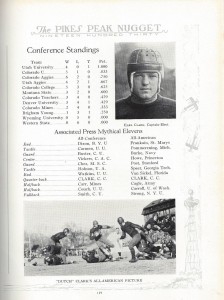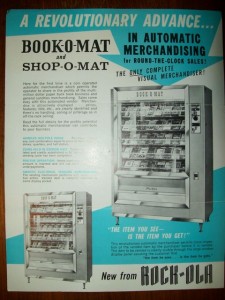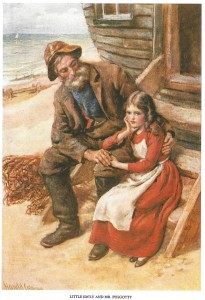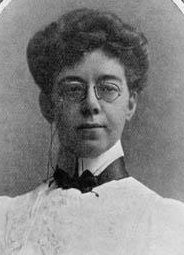He had trouble seeing out of his left eye. Certainly a problem for most right-handed batters, but Earl could squint a little and it cleared his vision enough to see the fastballs. He was twenty-three years old and he knew baseball wasn’t his strong point.
That’s why he went out for football. And basketball. And track. Oh, and in between he squeezed in time for bookwork, graduating from Colorado College with a BA in biology. Not PhysEd.
Biology.

Earl Harry Clark lettered in twelve sports and earned All Conference honors in football, basketball, and track. He was the first All-American football player ever from the state of Colorado.
His friends called him Dutch, and by the time his career was ended, so did most everybody else. When Tigers coach William Van Degraaff called Dutch from the sideline, he might have been going in as a quarterback, a punter, a drop-kicker, a rusher, or as a kick return man. Dutch Clark could handle all those duties.
When he graduated in 1930, he stayed on campus as the head basketball coach. Times were different back then. Instead of players leaving college early for the professional ranks, Dutch Clark spent four years coaching while – in-between – playing football in the National Football League. When his Portsmouth (Ohio) Spartans moved to Detroit in 1934, Dutch gave it his full-time attention.
The team was renamed the Lions, and Dutch was a six-time All Pro triple threat, and three-time NFL scoring leader. In 1935, he led the Detroit Lions to an NFL Championship over the New York Giants. He received the biggest paycheck in the league in 1937, when his combined player and coaching duties earned him a record $7,200.

By 1939, Dutch was played out, but he wasn’t finished with football. He coached the Cleveland Rams until 1942 and after a wartime stint in the US Army, returned to sports as Athletic Director at the University of Detroit.
There is a statue of Dutch on the campus of his old high school in Pueblo, Colorado, but his early-day accomplishments have faded with time – except at the NFL Hall of Fame, where the plaque bearing his name is kept brightly-shined. Dutch was a charter member of the Hall, inducted along with Jim Thorpe, Red Grange, and Curly Lambeau. (Don’t remember Curly? How about Lambeau Field and the post-touchdown Lambeau Leap?)
He was in the first College Hall of Fame class, too. Inducted in 1951.
In the Colorado College yearbook for 1930, Dutch Clark can be seen wearing a spiffy leather hat, a bullet-looking thing that might have given his noggin better protection than the plastic helmets of today. The Pikes Peak Nugget, Colorado College’s yearbook, is a hardback-bound glimpse into history, with styles and fashions from that early Depression era.
I was hoping there would be someone famous among those many photographs, and I suppose in some circles there was. Dutch Clark is a new discovery for me, though, part of the fun of landing an estate sale collection of remainders – books that were passed over at the sale.
If the book has a protagonist it has to be the star quarterback who dominates the sports section. In the Wyoming University game, “Dutch Clark had a great day. From the very first play, when the Dutchman evaded the entire Cowboy team to run 77 yards for a touchdown, until the last of his 36 points were scored, fans were treated to a truly All-American brand of running.
There’s an old expression that is used to convey when someone is in trouble or disfavor, and the Wyoming Cowboys were certainly “in Dutch” that afternoon.
A number of other nice finds in the estate purchase – Come visit! and take a look at what’s new…
McHuston
Booksellers & Irish Bistro
Rose District
122 South Main St. Broken Arrow OK!





